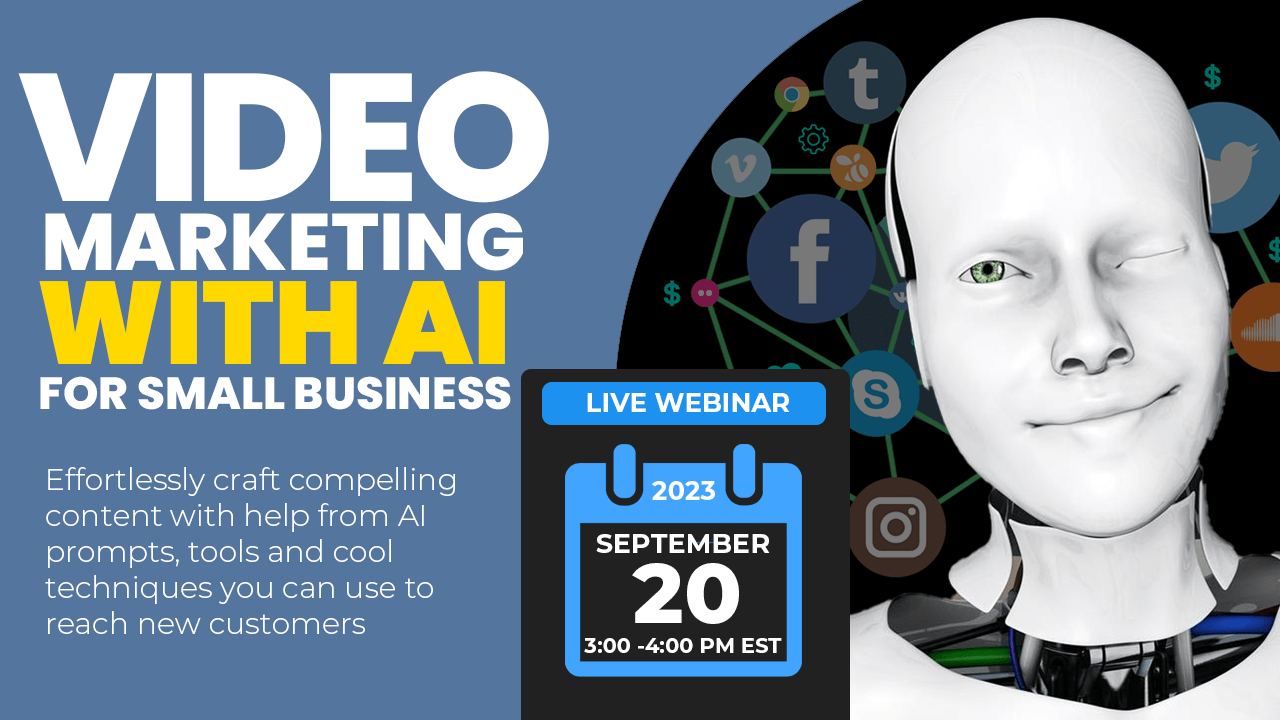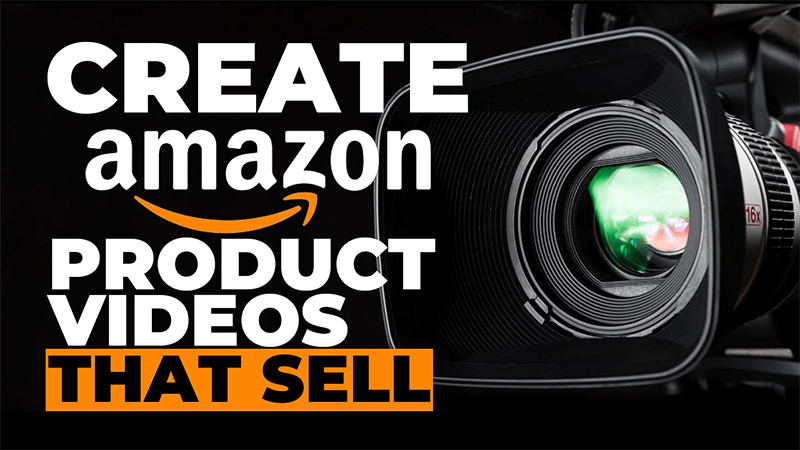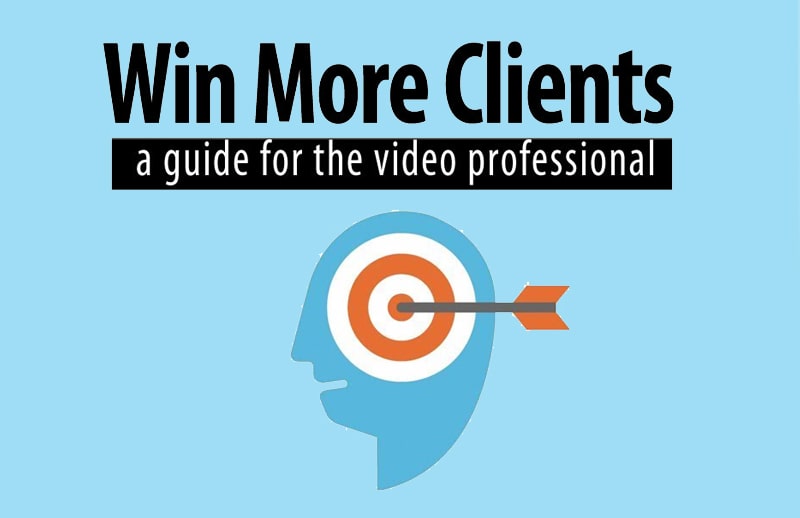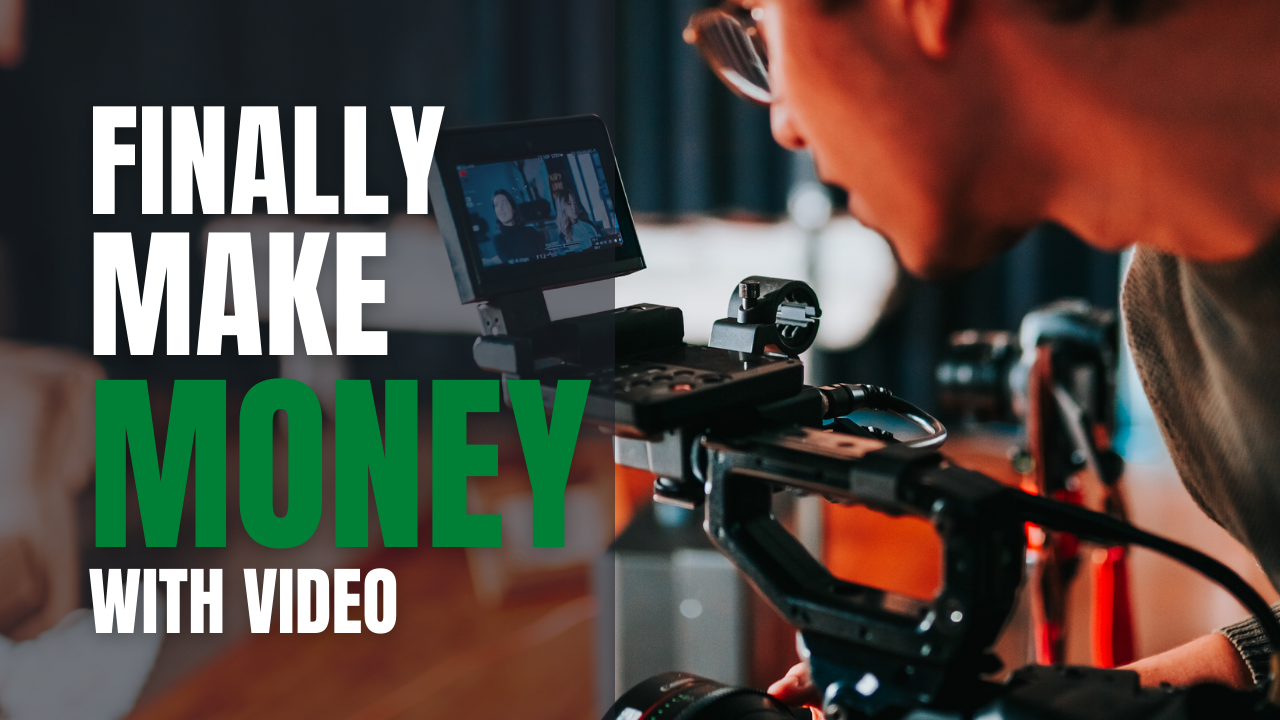It’s called the frequency illusion – and if used strategically, it can lead to a huge lift in your video marketing efforts.
Ever notice how when you buy a car you suddenly see the same model everywhere? Or say, you learn the meaning of a new word and just like that, everyone is saying it? No you’re not imagining it; there’s actually a term for that—Baader-Meinhof Phenomenon or the Frequency Illusion. It’s a phenomenon that occurs when you notice something for the first time and then it seemingly begins to surround you in ads, conversations, on the street, everywhere you look. You’re either going crazy, or maybe this car really is everywhere in the blink of eye?
Turns out, two things happen. One, our natural selective attention kicks in without our knowing it, which makes something like a commercial stand out subconsciously. Second, our confirmation bias kicks in, which confirms our opinion that, yes, everyone is now wearing these shoes, and yes, it’s weird.
In marketing, you can use this psychological trick to retarget your consumer. Show them a video on your website, then show them some banner ads, then, show them social ads. Create consistent brand messaging across distinct channels and you’ll help usher users along the buyer’s journey and, before you know it, your visitor will start to seek you out for more information.
You might see it so often that you start to wonder if there is some sort of conspiracy! Fortunately, even if this illusion might make you question your sanity, there is a simple explanation. The song or fashion trend has always been there–you just were not aware of it before. You only notice it once you know about it.
Here’s how you can use frequency illusion to your advantage:
Create awareness by capturing attention
You must first trigger the frequency illusion by making potential clients aware of your product in the first place. The best way to do this is to use strong headlines and vibrant images that command attention.
Use complementary marketing techniques
The frequency illusion is most effective when you pair it with other psychological techniques.
Social proof can give your product more exposure and more impressions. Try this with endorsements, user-generated content, and social-media sponsorships.
The information-gap theory is another useful effect. This theory suggests that people seek out information when they are curious and feel like they do not already know enough. Use this effect by publishing “teasers” on social media that direct your audience to learn more on your website.
Repeat. Repeat. Repeat.
Only repetition can put the “frequency” in the frequency illusion. This means you should use multiple marketing channels to promote your product and create numerous pieces of content that send a cohesive message. Use paid advertisements and retarget (Google retarget ads is a great place to start) people who have already visited your website.






